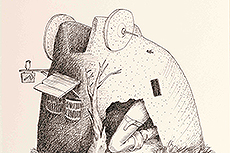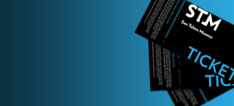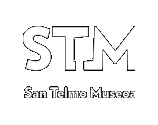- Home
- Exhibitions
- Temporary exhibitions
The Devil, perhaps. The World of the Brueghels
Curated by María Bolaños, the exhibition explores territory that is fertile within artistic tradition, the unholy Trinity of “temptation-sin-devil”, departing from a painting in a collection at the National Sculpture Museum, "The Temptation of St. Anthony", by Jan Brueghel de Velours, which serves as the “red thread”, webbing its way through scenes, techniques and different types of aesthetics, past and present, revolving around a nucleus at the heart of which the Brueghel family loom large.
- 29 February - 30 August, 2020.
- From Tuesday to Sunday, 10:00-20:00.
- Admission: 6 €
- Curator: María Bolaños
Flemish and German painters – Hieronymous Bosch or the Brueghel dynasty – were in fact those who most explored this theme; boldly, with poignant inventiveness and expressiveness, to the point of making an artistic genre of it, albeit during a brief period, (just over a century). So amazingly so that although their images appear no less stunning, enigmatic and inaccessible to us today, they are remarkably modern.
Brueghel’s world does not exist; it never was real. Today, it would be termed “virtual”. Five hundred years later, that “virtual dimension” is going to be explored by Antoine Roegiers (born in 1980, in Braine-l’Alleud, Belgium) a Belgian artist who trained at L’École de Beaux Arts, Paris, by drawing upon the new digital techniques now available to creators, “staring squarely at the Louvre”. Particularly enamoured of the freedom and modernity attained by Flemish painters, Roegiers, true to his Belgian origins, delves deeply into that pictorial tradition of the Netherlands, where Bosch and Brueghel stood out as the great masters, and which is still prevalent today in exponents of the same - artists as conceptually different as Magritte, Broodthaers and Jean Fabre.
Roegiers sets out to explore Maestro Brueghel’s greatest finding: the simultaneity of action. In his prints, everything takes place at the same time: the synchrony of mini-events, the abundance of micro-narratives, the patchwork of scenes that flood the landscape, which are granted great depth, and which he is careful to place in the foreground, in the dimension immediately after it, and so on until the very background - as many as nine superimposed layers – like a veritable millefeuille. Roegiers reinvents that depth, that third dimension, of which the engraving can offer but an artful illusion, piercing the two-dimensional surface of the print.
Exhibition organised by Museo de Escultura de Valladolid, San Telmo Museoa and el Museo de Bellas Artes de Asturias.
Activities
All the activities (information in euskera)
All the activities (information in spanish)
WEB HEADER:
PAGE FOOTER:
Auxiliary menu:
San Telmo Museoa. 2024 copyright ©
HELP WHIT SURFING:











